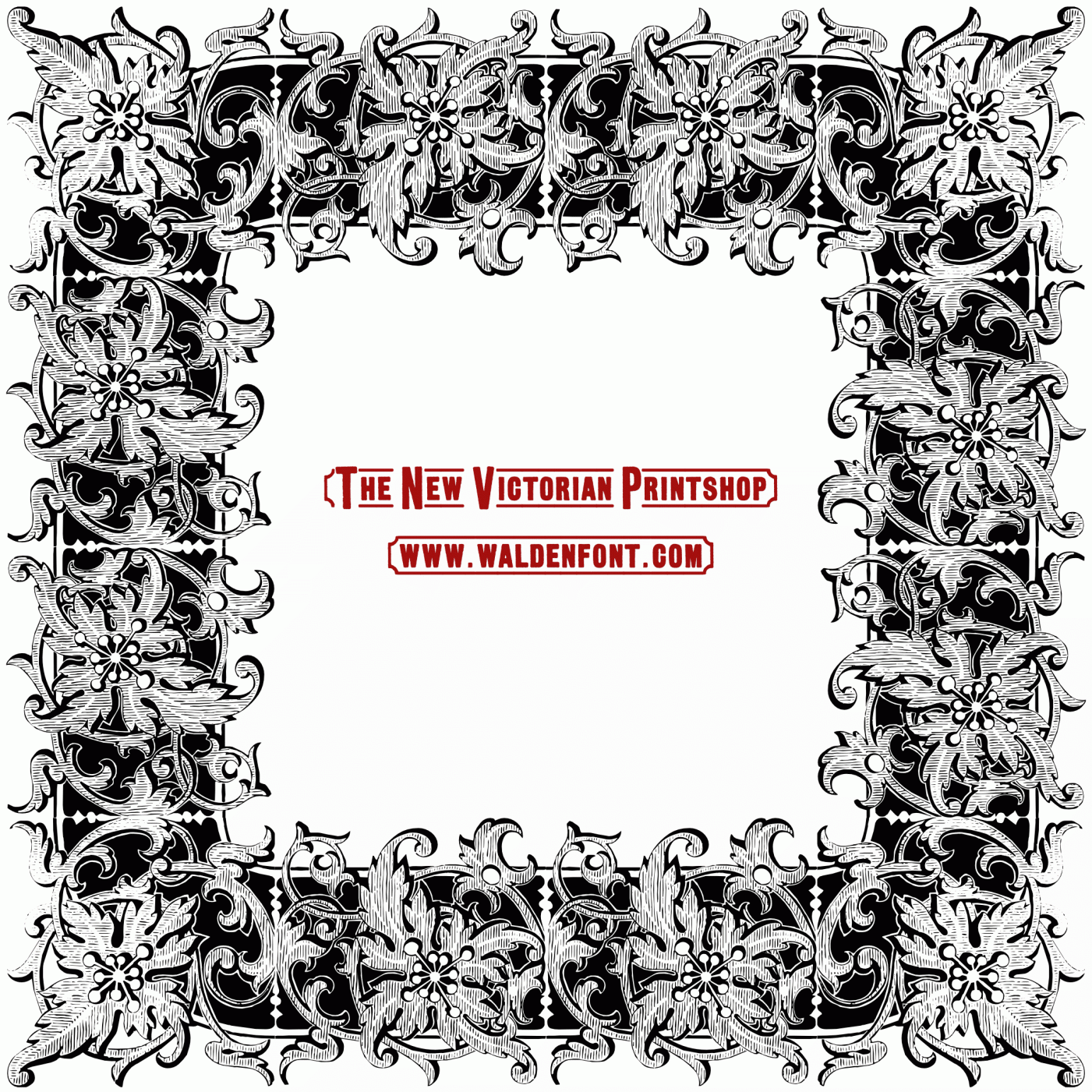How can I show font names instead of samples in Word font menu for non-alphabetic fonts?

Oliver Weiss (Walden Font Co.)
Posts: 213
This is a bit of a dumb question, as I had this figured out at some point, but I can't for the life of me get it to work again with some new fonts:
For symbol fonts, I'd like the application font menu in Word etc. to not show sample characters, but instead the font name.
Any hints?
For symbol fonts, I'd like the application font menu in Word etc. to not show sample characters, but instead the font name.
Any hints?
0
Comments
-
Isn't that NameID 4 in the OT name table? "The complete, unique, human readable name of the font. This name is used by Windows."0
-
Who makes symbol fonts nowadays?Word does not allow it, as that would only work if the name was made out of the characters that come with the font, and those would display really strange in other software.0
-
What if you made a single unencoded glyph with the name of the font, precomposed and an OpenType calt sub for the string?
sub F o n t n a m e by Fontname;
Maybe font menus don't use calt but maybe it's worth a try. If calt doesn't work, try liga. If the font name is too wide for a glyph, split it up.sub F o n t by Font; sub n a m e by name;
In a symbol font it would be very unlikely that anyone would accidentally use this character sequence. Since this precomposed glyph or glyphs would be unencoded, customers wouldn't see them in a glyph table/character map.
@Erwin DenissenWho makes symbol fonts nowadays?Type designers who specialize in fonts for signage.2 -
Ray Larabie said:What if you made a single unencoded glyph with the name of the font, precomposed and an OpenType calt sub for the string?
sub F o n t n a m e by Fontname;
Maybe font menus don't use calt but maybe it's worth a try. If calt doesn't work, try liga. If the font name is too wide for a glyph, split it up.sub F o n t by Font; sub n a m e by name;
A true symbol font does not contain characters, so this won't work.Ray Larabie said:What if you made a single unencoded glyph with the name of the font, precomposed and an OpenType calt sub for the string?sub F o n t n a m e by Fontname;
Maybe font menus don't use calt but maybe it's worth a try. If calt doesn't work, try liga. If the font name is too wide for a glyph, split it up.sub F o n t by Font; sub n a m e by name;
In a symbol font it would be very unlikely that anyone would accidentally use this character sequence. Since this precomposed glyph or glyphs would be unencoded, customers wouldn't see them in a glyph table/character map.
@Erwin DenissenWho makes symbol fonts nowadays?Type designers who specialize in fonts for signage.
Then we better keep support for Symbol fonts in FontCreator, even though it is considered legacy.
0 -
The unencoded glyph "Fontname" would a precomposed character with the entire font name, possibly using condensed type to avoid having a too-wide glyph. Or split it up as I mentioned. As long as there are symbols in the A-z locations, the substitution will work. Or am I misunderstanding what a symbol font is. Isn't it just a font with symbols in place of the alphabet?0
-
In symbol fonts all of the characters in the Unicode range 0xF000 - 0xF0FF (inclusive) will be used to enumerate the symbol character set. All glyphs in this range are mapped to the range 0x0000 - 0x00FF.Symbol fonts do not form words, so line breaks can occur after any character code. A spell checker should not check symbol font-formatted material.Even though symbol fonts are considered legacy, several still come with Windows:Webdings, Wingdings, Marlett, etc.And you can still make them with FontCreator.1
-
Just to clarify: there are several kinds of “symbol fonts”....
The first is fonts that have lots of symbols, and potentially leave off even having glyphs for normal writing systems (such as English/Latin). These are given proper Unicode codepoints.
Then there are fonts like the first, but they instead (mis-)encode the glyphs as if they were English/Latin characters, to make them easy to type.
But Erwin is talking about another thing: fonts that use a special flag that causes them to behave pretty weirdly, where they then map a section of the Unicode private use area (PUA) to the lower portion of Unicode. The glyphs have the PUA encoding, but (in supporting environments) they can be typed with a normal English keyboard and yet still produce PUA codepoints. This was invented by Microsoft when Unicode was young and not well supported. For a long time it was a Windows-only thing, although eventually others started to support it (IIRC).2 -
I assumed the OP was talking about Symbol fonts as defined in the specs, as with such fonts Word does not display the font name, but "remapped codepoints" known as these characters:
AbCdEfGhIjHope this helps.0 -
Thank you all for your input. First off, my font engineering ineptitude led me to use the term "Symbol Font" when I actually meant a bog standard font that happens to contain non-alphabetic glyphs. I use these to store vignettes, printer's ornaments, and borders, like this one:

I've since found that I was mistaken in thinking I had managed to overcome the default sample display somehow. The reason these border fonts displayed "correctly" was that the elements are all mapped to numeric characters. (7 = top left corner, 8 = top border, 9, top right corner, etc.). Without alphabetic glyphs, Windows displays the entire font name in the fallback system font.
Some applications, like the most current versions of Office, actually make a bit of an effort, and show at least part of the font name in plain text. As for the rest, I guess folks will be stuck with illegible garbage

1
Categories
- All Categories
- 46 Introductions
- 3.9K Typeface Design
- 487 Type Design Critiques
- 564 Type Design Software
- 1.1K Type Design Technique & Theory
- 656 Type Business
- 861 Font Technology
- 29 Punchcutting
- 521 Typography
- 119 Type Education
- 325 Type History
- 77 Type Resources
- 112 Lettering and Calligraphy
- 33 Lettering Critiques
- 79 Lettering Technique & Theory
- 559 Announcements
- 94 Events
- 114 Job Postings
- 170 Type Releases
- 180 Miscellaneous News
- 276 About TypeDrawers
- 54 TypeDrawers Announcements
- 120 Suggestions and Bug Reports




